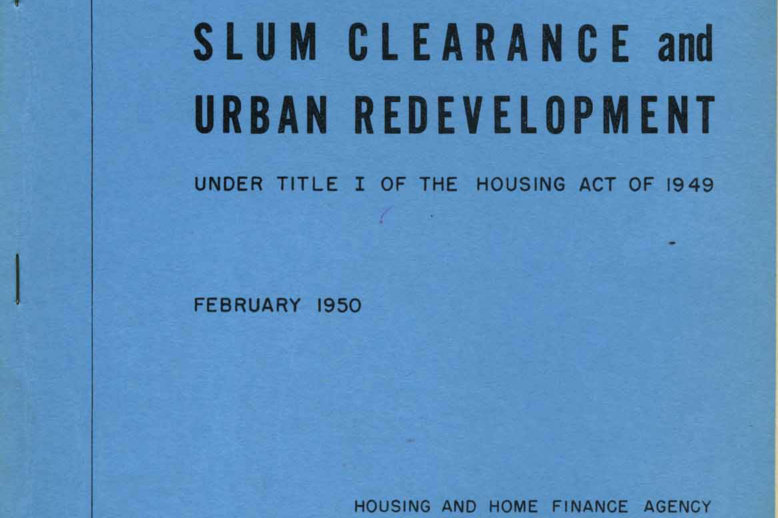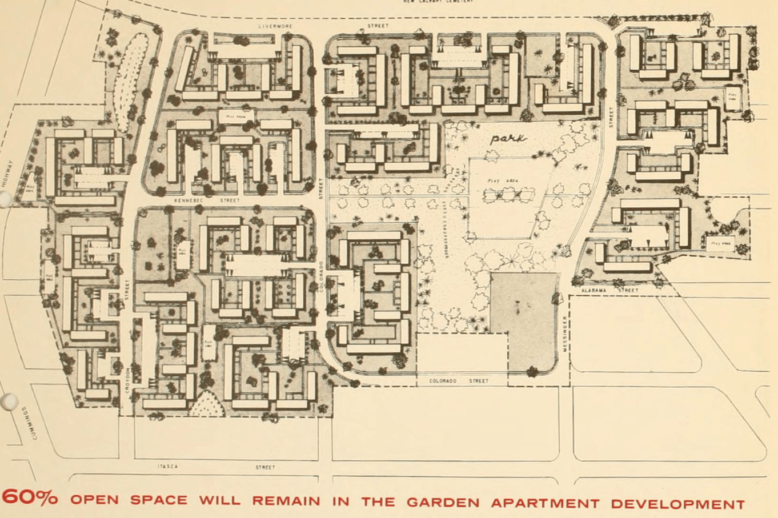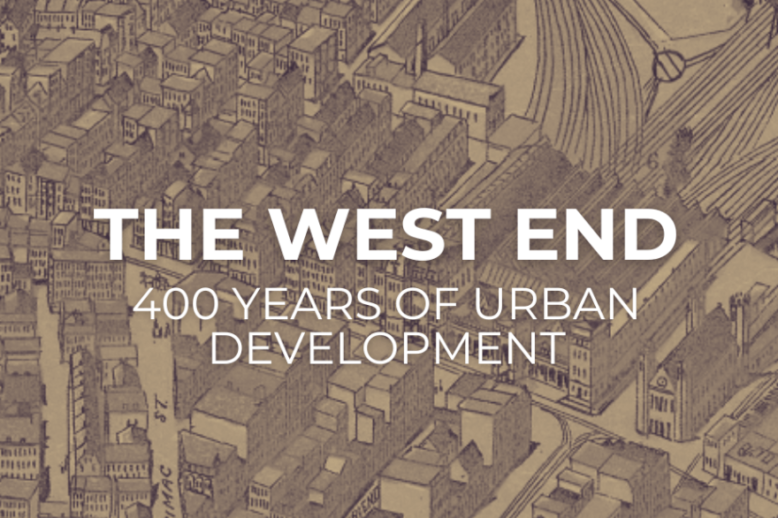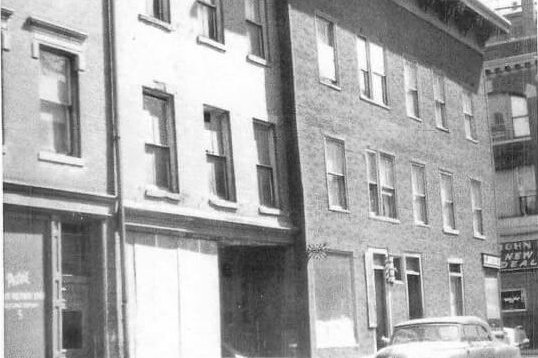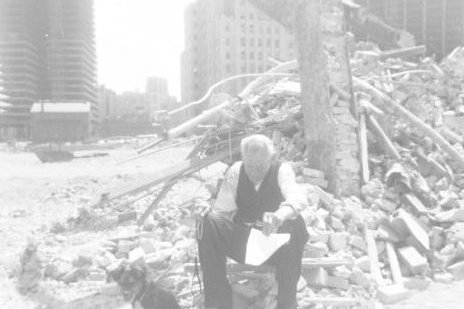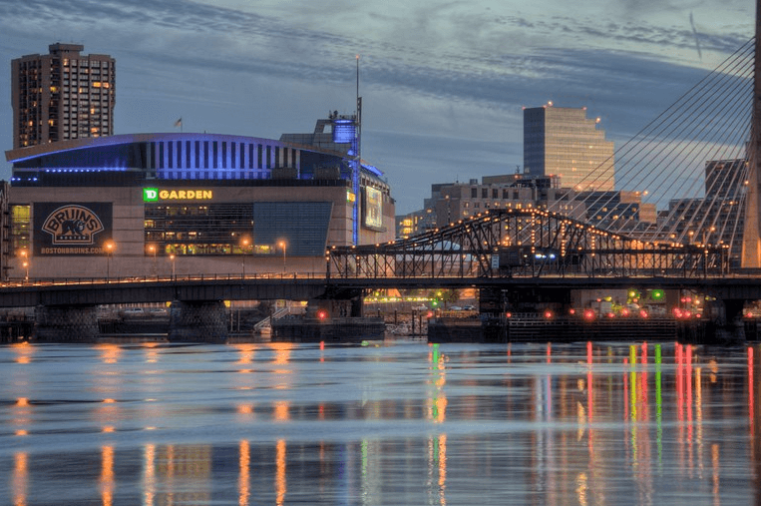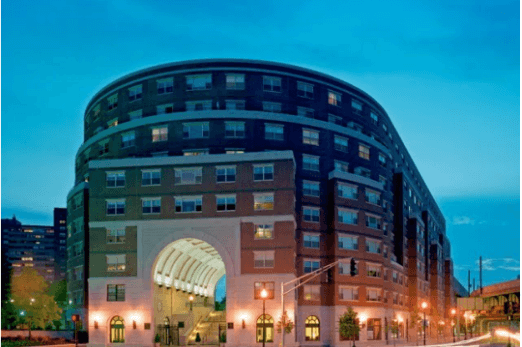The Creation of the US Federal Urban Renewal Program
While the demolition of the West End began in 1958, the momentum for its destruction and for the federal urban renewal program itself began 20 years earlier, in the aftermath of the Great Depression. The Housing Act of 1949 would later mark the official birth of the federal Urban Renewal Program. Although it aimed to revitalize struggling inner cities, it often did so at the expense of established communities and displaced residents.

